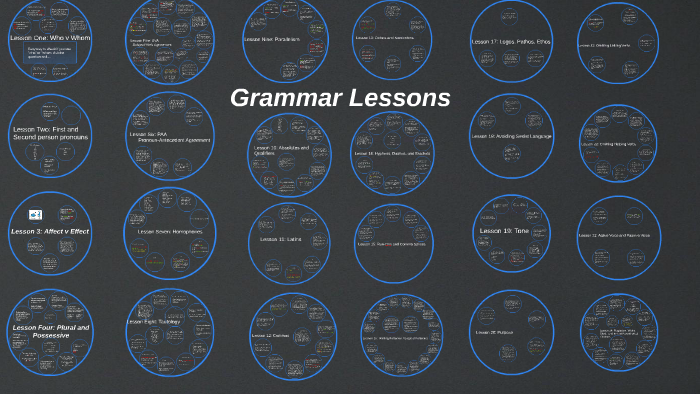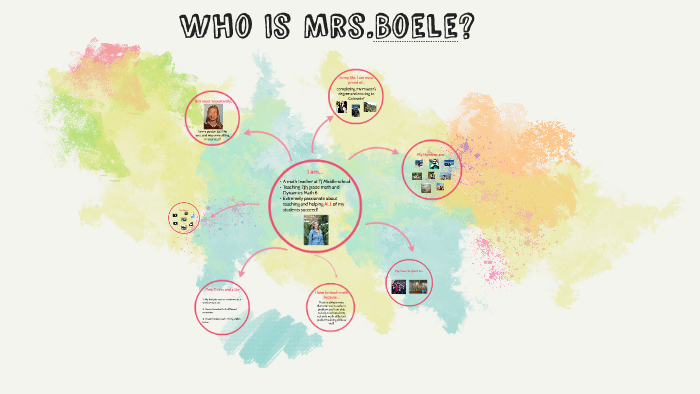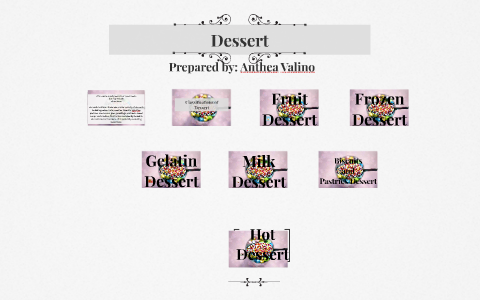ESL Presentation for Classroom Teachers Terms associated with ELLs Formative and summative assessment of ELLs Legal responsibilities related to serving ELLs Models of collaborative co-teaching of ELLs Standards, professional resources and professional organizations related to. Get Ready to Follow Directions helps preschoolers learn about directions in activities like circle the frog or draw a line between the hats. Pictures partially colored, partially black and white so children can color them. General Learning-Following Directions, Preschool Get Ready Workbooks (625). Welcome to the Elementary ELA Curriculum Page! The intention of this site is to be an additional 'go to' for resources and training materials designed specifically for Elementary English Language Arts. This site is currently being updated. Please be on the look out for more content over the next few months! Curriculum and Instruction English Language Arts K-6 Instructional Materials.
NOTE: The documents below detail the Essential Elements being tested. For a comprehensive list of all Essential Elements currently part of the Dynamic Learning Maps® learning map model, see Essential Elements for English Language Arts.
NOTE: Essential Elements marked with a gray flag () are not assessed in Year End states.
Grade 3: Essential Elements Assessed
Writing Essential Elements are assessed together in writing testlets.
Grade 4: Essential Elements Assessed
Writing Essential Elements are assessed together in writing testlets.
Grade 5: Essential Elements Assessed
Writing Essential Elements are assessed together in writing testlets.
Grade 6: Essential Elements Assessed
Writing Essential Elements are assessed together in writing testlets.
Grade 7: Essential Elements Assessed
Writing Essential Elements are assessed together in writing testlets.
Grade 8: Essential Elements Assessed
Writing Essential Elements are assessed together in writing testlets.
High School : Essential Elements Assessed
Writing Essential Elements are assessed together in writing testlets.
READING, WRITING, SPEAKING/LISTENING, AND LANGUAGE ESSENTIAL OUTCOMES AND LEARNING OBJECTIVES
8th Grade Reading
Essential Outcome: Explain in detail the elements of a literary piece
·Determine the theme or central idea by examining the relationships of the characters, setting, and plot. (L) (Intro=Q1; M=Q3)
·Develop an objective summary. (L & I) (Intro=Q2; M=Q3)
·Determine the central idea by examining its development throughout the text. (I)(Intro=Q2; M=Q3)
·Describe how a myth, traditional story or religious work has been rendered into a modern work. (L) (Intro=Q4; M=Q4)
·Compare and contrast how a modern work of literature relates to a myth, traditional story or religious work (ie, The Chronicles of Narnia & Harry Potter). (L) (Intro=Q4; M=Q4)
Essential Outcome: Use specific skills to determine the meanings of words and phrases
·Identify the key idea using what is specifically stated in the text and what is implied in the text. (L&I) (Intro=Q2; M=Q4)
·Examine how lines of dialogue can motivate the action of a character or instigate a decision. (L) (Intro=Q1; M=Q3)
·Determine the meaning of words and phrases as they are used in text (including figurative, connotative, and technical meanings). (L&I) (Intro=Q1; M=Q2)
·Illustrate how meaning and tone are impacted by specific word choice. (R&I)(Intro=Q1; M=Q2)
Essential Outcome: Examine a literary piece to determine author’s purpose and style
·Explain how specific dialogue or events drive the plot.(L) (Intro=Q1; M=Q3)
·Compare and contrast texts to differentiate between plots and how they relate to the authors’ meaning and style.(L) (Intro=Q1; M=Q3)
·Examine the effects that different points of view create in a literature piece or informational piece (including how an author responds to an opposing viewpoint).(L&I) (Intro L-Q1, I-Q2; M=Q3)
·Determine the main idea of a text while examining supporting ideas by providing an objective summary.(I) (Intro=Q2; M=Q2)
·Scrutinize the role particular sentences have in creating the structure of a paragraph.(I) (Intro=Q2; M=Q2)
Essential Outcome: Determine the credibility and usability of a text or multi-media source
·Compare and contrast connections between individuals, ideas, or events.(L & I)(Intro & M=L-Q1 I-Q2)
·Explore the advantages and disadvantages of using different mediums (e.g., print or digital text, video, multi-media) to present a specific topic or idea.(I) (Intro=Q2; M=Q4)
·Evaluate the argument and specific claims in a text and judge whether the evidence and the reasoning are sound.(I) (Intro=Q2; M=Q4)
·Compare two or more texts that provide conflicting information on the same topic and identify where the texts disagree.(I) (Intro=Q2; M=Q2)
Essential Outcome: Read and comprehend various types of genres near or at grade level.

·Read and comprehend informational and literature including stories, dramas, poems, and non-fiction. (L&I) (Intro=Q1; M=Q2)
8th Grade Writing
Essential Outcome: Compose a complete augmentative, expository, and narrative essay.
·Introduce the topic clearly and preview main ideas organizing the evidence logically.(A&E) (Intro=Q1; M=Q1)
·Introduce the sequence of the story including narrator and/or characters.(N)(Q1)
·Develop the topic by using relevant support and presenting facts drawn from outside sources.(A&E)(Intro=Q1; M=3)
·Develop the story by using narrative techniques such as dialogue, pacing, description, and reflection.(N)(Intro=Q1; M=Q2)
Prezi Directionsms. Scrolls Ela Classes Free
·Use transition words, phrases and clauses to demonstrate a clear and consistent flow between sentences, paragraphs and/or events.(A,E&N)(Intro=Q1; M=Q3)
·Establish and maintain a formal style (A,E&N)(Intro=Q1; M=Q3)
·Use precise words and phrases inform and/or create imagery.(A,E&N) (Intro=Q1; M=Q3)
·Provide a conclusion that supports and reflects the written piece.(A,E&N)(Intro=Q1; M=2)
·Produce writing appropriate to the assigned task, purpose, and audience.(A,E&N)(Intro=Q1; M=Q3)
Essential Outcome: Use peer editing, self-revision, and technological tools to produce organized writing.(A,E&N )
·Employ a variety of techniques to strengthen writing including but not limited to self-revision, peer editing, and rewriting.(Intro=Q1; M=Q3)
·Use technology to produce and publish writing, present relationships between information, and collaborate with others.(Intro=Q1; M=Q1)
Essential Outcome:Utilize different sources to enhance short and long term research projects with fidelity.(A,E&N)
·Utilize several sources to answer a specific question for a research project. (Intro=Q2; M=Q4)
·Use search terms effectively to gather relevant and credible information. (Intro=Q1; M=Q4)
·Quote or paraphrase data and conclusions while avoiding plagiarism. (Intro=Q1; M=Q2)
·Follow standard format for citing sources.(I=Q2; M=Q4)
Essential Outcome: Draw evidence from different types of texts.(A,E&N)
·Use grade 8 reading standards to support analysis, reflection and research for a literary piece.(Intro=Q1; M=Q3)

·Use grade 8 reading standards to support analysis, reflection and research for a non-fiction/informational piece.(Intro=Q2; M=Q3)
Essential Outcome: Apply writing skills for a variety of purposes.(A,E&N)
·Write routinely for a wide range of tasks, purposes and audiences. (Intro=Q1; Q3)
·Plan routine writing over extended time frames and shorter time frames. (Intro=Q1; M=Q4)
8thGrade Language Learning Objectives
Essential Outcome: Applythe rules of standard English grammar and usage when writing or speaking.
·Explain the function ofverbals (gerunds, participles, infinitives) and their functions. (Intro=Q1;M=Q4)
·Form and use verbs in activeand passive voice. (Intro=Q2; M=Q3)
·Form and use verb moods.(Intro=Q1; M=Q3)
·Recognize and correctinappropriate shifts in verb voice and mood. (Intro=Q1; M=Q3)
EssentialOutcome: Apply the rules of standard English capitalization, punctuation, andspelling when writing.
·Use punctuation (comma,ellipsis, dash) to indicate a pause or break. (Intro=Q1; M=Q3)
·Use an ellipsis to indicate anomission. (Intro=Q4; M=Q4)
·Spell correctly. (Intro=Q1;M=Q2)
EssentialOutcome: Use knowledge of language and its conventions when writing, speaking,reading, or listening.
·Use verbs in active andpassive voice and in the conditional and subjunctive mood. (Intro=Q2; M=Q3)
EssentialOutcomes: Determine or clarify the meaning of unknown and multiple-meaning wordsor phrases based on grade 8 reading and content.
·Use context clues to figureout the meaning of a word or phrase. (Intro=Q1; M=Q3)
·Use common, grade-appropriateGreek or Latin affixes and roots to figure out the meaning of a word.(Intro=Q1; M=Q3)
·Consult and use general andspecialized reference materials (dictionaries, glossaries, thesauruses), bothprint and digital, to find the pronunciation of a word or to determine themeaning of a word. (Intro=Q1; M=3)
·Verify the preliminarydetermination of the meaning of a word or phrase. (Intro=Q1; M=Q3)
EssentialOutcomes: Demonstrate understanding of figurative language, word relationships,and nuances in word meanings.
·Interpret figures of speech(e.g. verbal irony, puns) in context. (Intro=Q2; M=Q4)
·Use the relationship betweenwords to better understand each of the words. (Intro=Q3; M=4)
·Tell the difference betweenconnotations (associations) of words with similar denotations (definitions)(e.g. bullheaded, willful, firm, persistent, resolute). (Intro=Q3; M=Q4)
EssentialOutcome: Acquire and use accuratelygrade-appropriate general academic and domain specific words and phrases.(Intro=Q1; M=Q4)
8thGrade Speaking and Listening Learning Objectives
Essential Outcomes: Contributeto and participate in group discussions with a variety of students about grade8 topic
·Cometo discussions prepared (Intro=Q2; M=Q3)
·Assignindividual responsibilities within the group (Intro=Q2; M=Q3)
·Followrules for collegial discussions (Intro=Q2; M=Q3)
·Askand respond to specific questions (Intro=Q2; M=Q3)
·Reviewkey ideas (Intro=Q2; M=Q3)
Essential Outcomes: Explainand discuss information presented from a variety of media sources
Prezi Directions Ms. Schroll's Ela Classes Online
·Usetext and videos to introduce and study topics (Intro=Q1; M=Q2)
·Usereliable websites to introduce and study topics (Intro=Q1; M=Q2)
Essential Outcomes: Examinea speaker’s point of view based on claims, reasons, and evidence
Prezi Directions Ms. Schroll's Ela Classes For Beginners
·Beable to determine point of view using support and evidence (Intro=Q2; M=Q3)
Essential Outcome: Presentinformation using formal English and proper speech etiquette on a variety ofsubjects using supporting evidence
·Sequenceideas logically (Intro=Q2; M=Q3)
·Usepertinent descriptions and facts (Intro=Q1, M=Q3)
·Clarifymain ideas (Intro=Q1; M=3)
Prezi Directions Ms. Schroll's Ela Classes A B C
·Useappropriate eye contact (Intro=Q2; M=Q3)
·Useappropriate volume (Intro=Q2; M=Q3)
·Useclear pronunciation (Intro=Q2; M=Q3)
Essential Outcome: Clarifyinformation using multimedia components
·Usevisual displays during presentations (Intro=Q2; M=Q3)
·Incorporatemusic, sound, graphics, and images (Intro=Q3; M=Q4)
Prezi Directionsms. Scrolls Ela Classes 1

